The late 19th century witnessed a revolutionary shift in both visual and auditory arts, as painters and composers alike sought to capture the fleeting essence of perception. While Monet and Renoir fractured sunlight into dappled brushstrokes, Claude Debussy and Maurice Ravel dissolved musical conventions into shimmering harmonic textures. This parallel development wasn't mere coincidence—impressionist composers pioneered sophisticated techniques to translate the play of light into sound, creating aural canvases that shimmer with the same ephemeral beauty as their visual counterparts.
At the heart of impressionist music's luminosity lies the innovative treatment of harmony. Traditional tonal structures, with their predictable resolutions, gave way to ambiguous chord progressions that float rather than conclude. The whole-tone scale, devoid of the semitones that create tonal gravity, became Debussy's sonic equivalent of sunlight diffusing through morning mist. In "Prélude à l'Après-midi d'un Faune", the opening flute melody drifts through whole-tone harmonies like a sunbeam filtering through leaves—directionless yet charged with luminous potential.
Orchestration served as the impressionists' palette knife for sculpting light. Ravel's "Daphnis et Chloé" demonstrates how instrumental timbres could mimic optical effects. High woodwinds flutter in overlapping patterns to create the acoustic illusion of pointillism, while divided strings employ harmonics to produce that peculiar glow unique to backlit surfaces. The celesta's bell-like tones don't merely accompany—they generate auditory highlights, much as a painter might apply titanium white to capture reflected sunlight on water.
Rhythmic fluidity became the musical equivalent of atmospheric perspective. Unlike the metronomic precision of classical works, Debussy's "La Mer" employs rubato and asymmetric phrasing to replicate light's mutable behavior. Ocean swells don't rise and fall with mathematical regularity; neither do his wave-like motifs. This temporal elasticity allows harmonies to shift like shadows lengthening at dusk, with downbeats obscured as if viewed through heat haze.
The impressionists' radical approach to form further enhanced their luminous effects. Just as Monet painted the Rouen Cathedral across different times of day, Debussy's "Images" present musical ideas in varying harmonic contexts to suggest changing illumination. A theme introduced in dusky low strings might reappear transformed by glockenspiel and harp—not as development in the Germanic tradition, but as the same subject bathed in midday brilliance. This structural technique mirrors how the eye perceives color temperature shifts on static objects under moving sunlight.
Contemporary research in psychoacoustics confirms the scientific validity behind these artistic innovations. Studies at IRCAM have demonstrated how the human brain processes unresolved harmonies similarly to how visual cortex neurons interpret scattered light—both create perceptual tension that the mind interprets as vibrance rather than incompleteness. The impressionists' instinctive grasp of this parallel between auditory and visual processing explains why their music feels illuminated from within.
Modern film scoring owes an unacknowledged debt to these techniques. When John Williams scores a Harry Potter scene with celesta and flutter-tongued flutes, or when Hans Zimmer uses pedal tones to create sonic "backlighting," they're employing impressionist light-rendering strategies. Even electronic artists like Aphex Twin manipulate frequency spectra to produce the aural equivalent of chromatic aberration—that prismatic fringe effect seen in impressionist paintings where colors fail to converge.
What makes impressionist music's light effects so enduring is their basis in phenomenological truth. Where Romantic composers portrayed light metaphorically (a triumphant C major chord for sunrise), Debussy and Ravel replicated the act of perception itself. The gaps between their harmonies function like retinal afterimages; their layered orchestrations mimic the eye's rods and cones responding to different wavelengths. In this sense, impressionist music doesn't describe light—it becomes light, vibrating at frequencies that bypass cognition to strike directly at sensory awareness.
As we continue developing immersive audio technologies—from Dolby Atmos to 3D binaural recording—we're rediscovering the prescience of these fin-de-siècle innovators. Their techniques for sonic light manipulation anticipate contemporary spatial audio by a century. The next time sunlight dances on rippling water, listen closely: the play of reflections follows musical intervals Debussy mapped long before technology could analyze the physics of those shimmering moments.

By /Jul 25, 2025

By /Jul 25, 2025

By /Jul 25, 2025
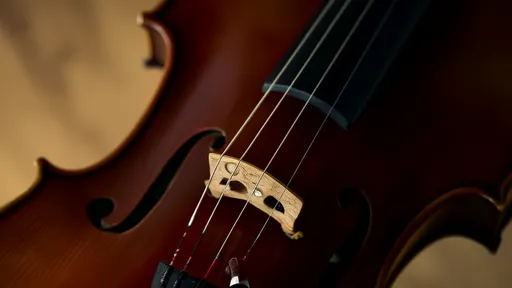
By /Jul 25, 2025

By /Jul 25, 2025

By /Jul 25, 2025

By /Jul 25, 2025
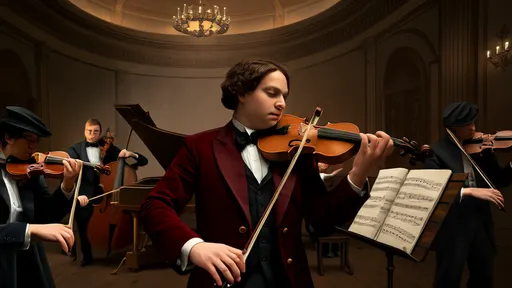
By /Jul 25, 2025
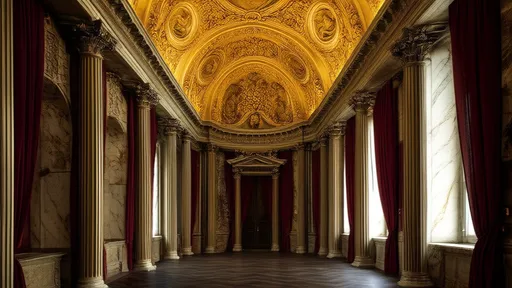
By /Jul 25, 2025
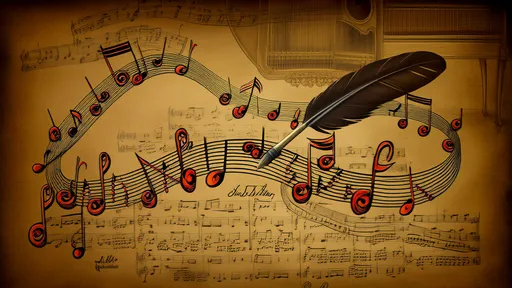
By /Jul 25, 2025
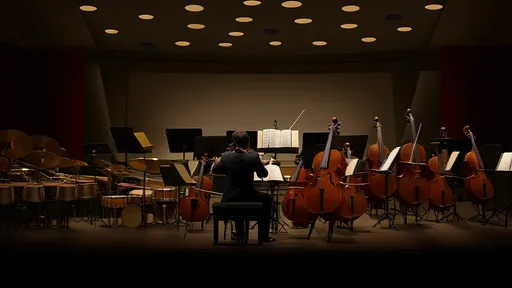
By /Jul 25, 2025

By /Jul 25, 2025

By /Jul 25, 2025
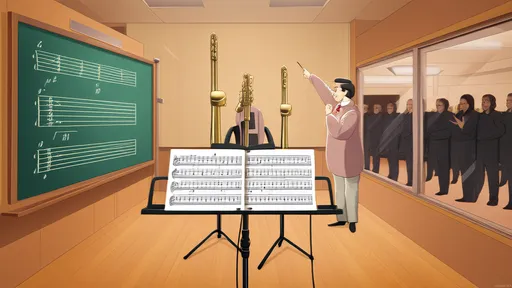
By /Jul 25, 2025

By /Jul 25, 2025
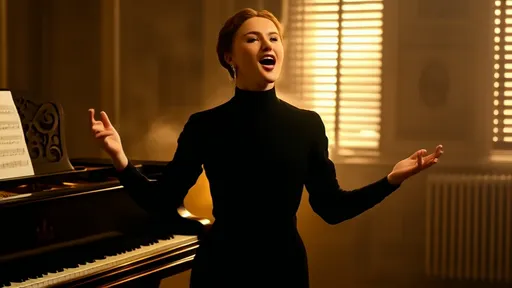
By /Jul 25, 2025
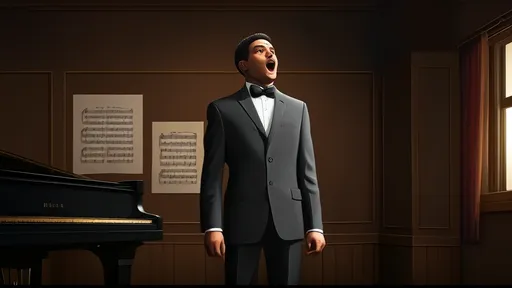
By /Jul 25, 2025

By /Jul 25, 2025

By /Jul 25, 2025
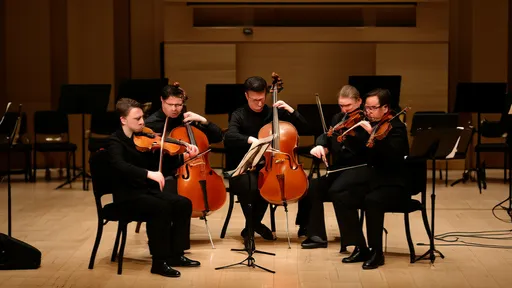
By /Jul 25, 2025